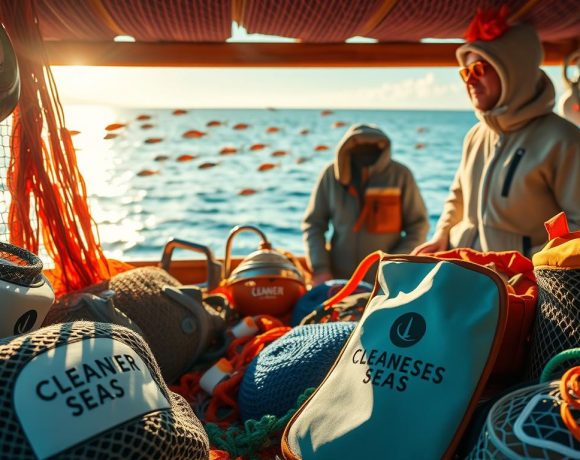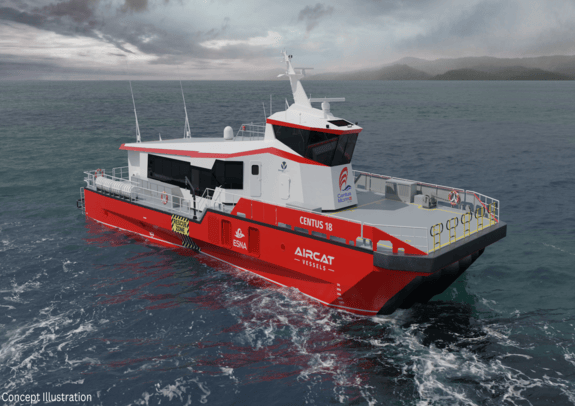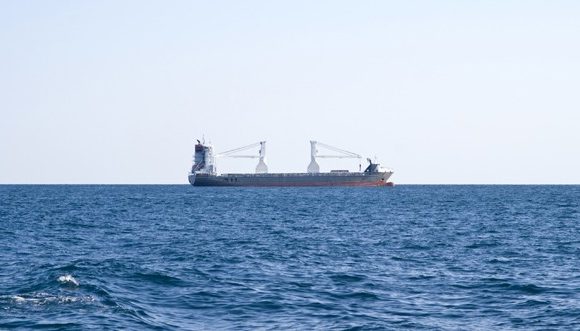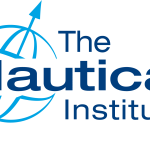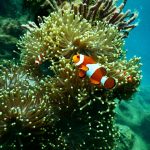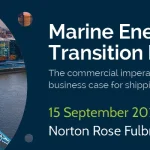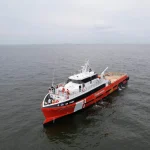Using Artificial intelligence and machine learning to help identify patterns and trends in marine ecosystems
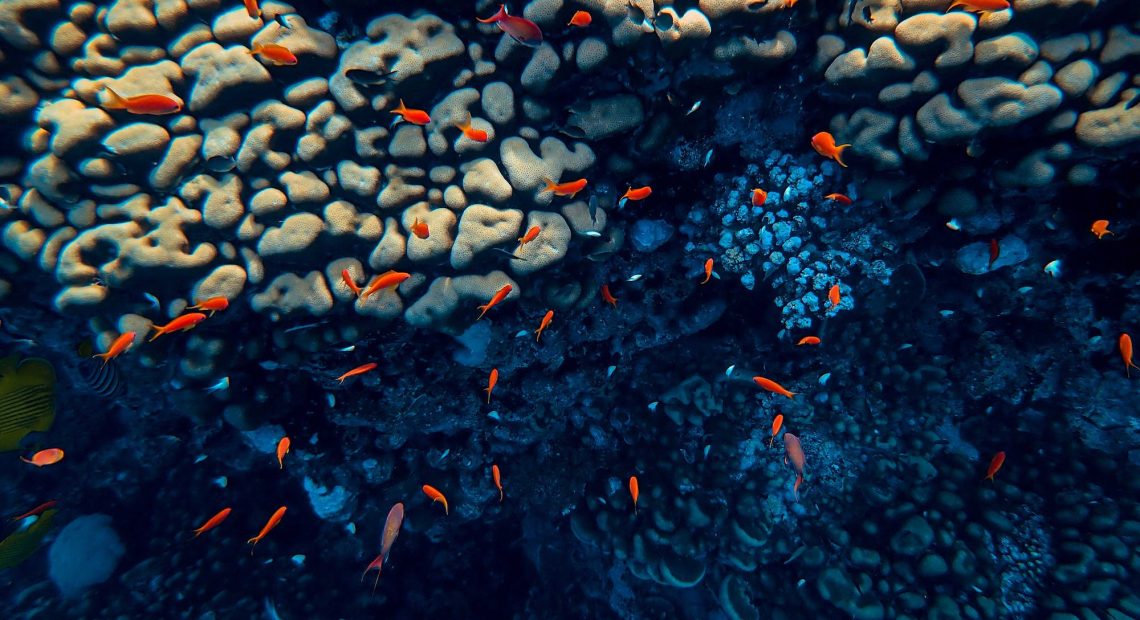
The world’s oceans are vast, complex, and full of life. Marine ecosystems are home to a wide range of species, from tiny plankton to massive whales, and play a crucial role in regulating the Earth’s climate and supporting human livelihoods. However, understanding these ecosystems and the complex relationships between different species can be challenging, and traditional methods of research and analysis can be time-consuming and costly. This is where artificial intelligence (AI) and machine learning (ML) can play a critical role.
AI and ML are technologies that enable machines to learn from data and make decisions based on that learning. In recent years, they have been used increasingly in a range of fields, including healthcare, finance, and transportation. Now, researchers are exploring how AI and ML can be used to help identify patterns and trends in marine ecosystems, with the goal of improving our understanding of these complex systems.
Identifying patterns and trends in marine ecosystems
Marine ecosystems are complex and dynamic, and understanding them requires analysing vast amounts of data. This data includes everything from oceanographic measurements to species abundance and distribution data. Traditionally, researchers have used statistical models to analyse this data and identify patterns and trends. However, these methods can be time-consuming, and they often require significant expertise to interpret the results.
AI and ML offer a new approach to analysing marine ecosystem data. These technologies can process large amounts of data quickly and identify patterns and trends that might be missed using traditional statistical methods. They can also learn from new data and adapt their models, allowing researchers to refine their understanding of marine ecosystems over time.

The potential of AI and ML for marine ecosystem research
The potential applications of AI and ML in marine ecosystem research are numerous. For example, they can be used to:
Identify species and monitor their abundance: AI and ML can help researchers identify different species in marine ecosystems and track changes in their populations over time.
Monitor environmental changes: AI and ML can be used to analyse oceanographic data, such as temperature and salinity, and identify changes in the environment that may affect marine ecosystems.
Predict the impact of human activities: AI and ML can help predict the impact of human activities, such as fishing or shipping, on marine ecosystems. This can help inform management decisions and ensure sustainable use of marine resources.
Develop early warning systems: AI and ML can be used to develop early warning systems for events such as harmful algal blooms or oil spills. By detecting these events early, researchers and authorities can take action to minimize their impact.
AI and ML in action: examples from marine ecosystem research
AI and ML are already being used in marine ecosystem research, with promising results. Here are a few examples:
Identifying whale calls: Researchers at the Woods Hole Oceanographic Institution are using AI to identify whale calls in underwater recordings. This allows them to track the movements of different whale species and monitor changes in their populations over time.
Predicting fish populations: Scientists at the University of Washington are using AI to predict the abundance of different fish species in the North Pacific. By analysing data on ocean conditions and fish populations, they hope to improve our understanding of the complex relationships between different species.
Monitoring coral reefs: Researchers at the University of California, Santa Barbara, are using AI to monitor coral reefs in the Caribbean. By analysing satellite images of the reefs, they can identify changes in coral cover and track the spread of coral disease.
Challenges and limitations of AI and ML in marine ecosystem research
While the potential of AI and ML in marine ecosystem research is significant, there are also challenges and limitations to their use. For example:
Data quality: AI and ML require large amounts of high-quality data to be effective. In marine ecosystem research, data can be sparse or of variable quality, which can limit the effectiveness of these technologies.
Interpreting results: AI and ML can identify patterns and trends in data, but interpreting the results can be challenging. Researchers need to understand the limitations of these technologies and be able to interpret their output in the context of existing knowledge.
Biases: AI and ML models can be biased if they are trained on data that is not representative of the wider ecosystem. This can lead to inaccurate or misleading results.
Cost: Developing and implementing AI and ML models can be expensive, and not all research institutions or organisations have the resources to do so.
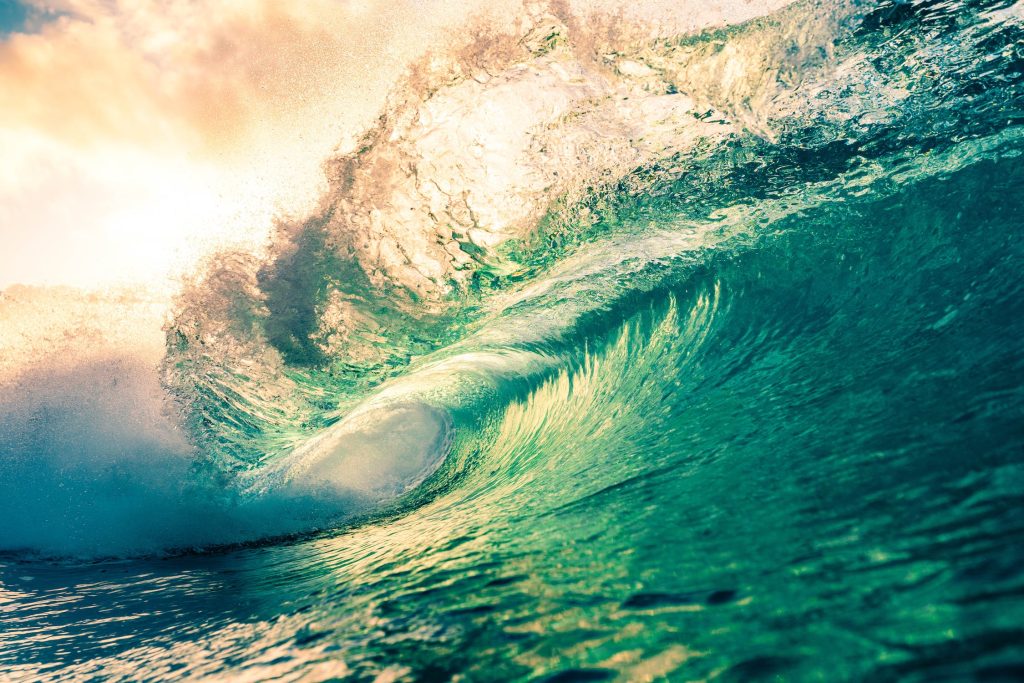
Conclusion
AI and ML have the potential to revolutionise our understanding of marine ecosystems. By processing large amounts of data quickly and identifying patterns and trends, they can help researchers to develop a more nuanced understanding of the complex relationships between different species and the environment. However, their use in marine ecosystem research also presents challenges and limitations, and researchers must be mindful of these as they develop and implement AI and ML models. Dr. Brian Helmuth, a marine and environmental sciences professor at North-eastern University, once said, “It’s not just about having fancy algorithms and machine learning models. The effectiveness of these technologies ultimately boils down to the quality of the data, the skills of the researchers, and their ability to interpret the results within the context of what we already know.”
It’s crucial to remember that the effectiveness of these technologies is not guaranteed. It’s not enough to simply throw data at an AI or machine learning model and expect it to produce accurate results. It takes skilled researchers with expertise in marine ecology and machine learning to develop and interpret these models effectively.
But the potential benefits of these technologies are immense. By analysing vast amounts of data quickly and efficiently, we can identify patterns and trends in marine ecosystems that would be difficult, if not impossible, for humans to detect on our own. This knowledge can help us better understand the complex relationships between different species and the environment, enabling us to make more informed decisions about how to protect our oceans.
In short, AI and machine learning are powerful tools that hold tremendous promise for marine ecosystem research. With careful application and skilled interpretation, they can help us unlock a deeper understanding of the world beneath the waves and work towards a more sustainable future for ourselves and the planet.

